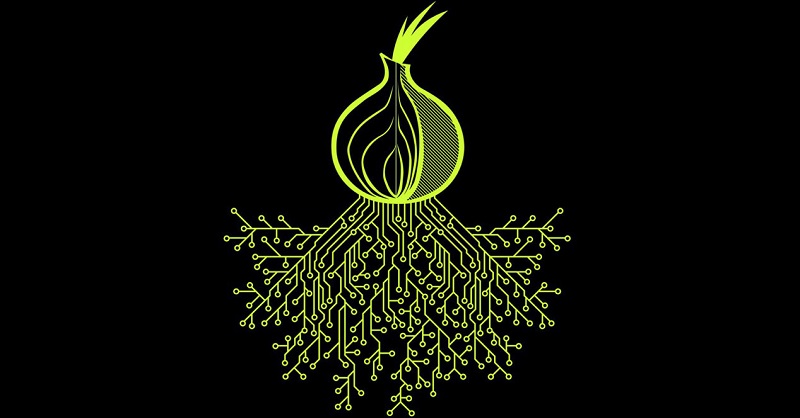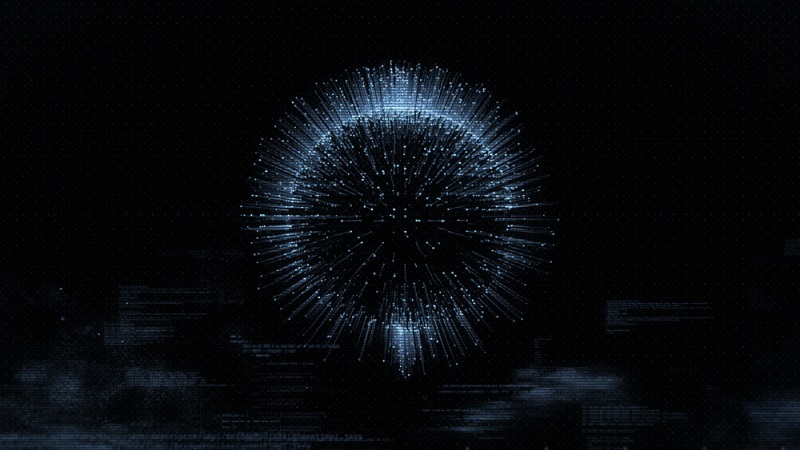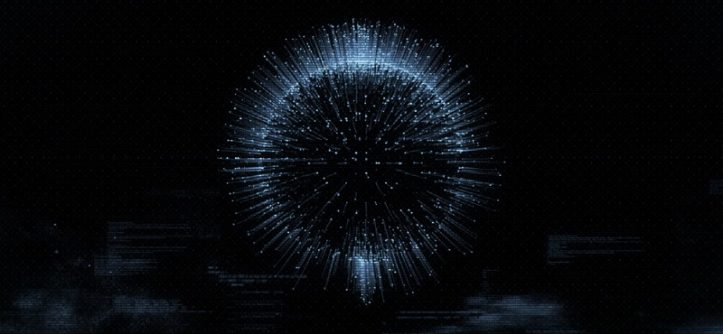The term Deep Web was coined by ‘Bright Planet’ indexing company, and they used it to describe non-indexable content such as dynamic database requests, paywalls and other hard-to-find elements through the use of conventional search engines. But later came the case of Silk Road, and the media began to use that term to refer to other elements such as Dark Webs.
Bright Planet has argued on many occasions that the term Deep Web is inaccurate to refer to Dark Webs and Darknets, but the damage was already done, people had assimilated and distinguish these three nomenclatures has become a hell. That is why today we are going to try to leave these three concepts to know exactly what the differences are and what we mean by them.
Generally, to distinguish the concepts of Darknet, Deep Web and Surface Web or superficial web usually used the scheme of the iceberg. The tip, the little that stands out on the surface is the web as you know it, the Surface Web. Everything under the water is the Deep Web, and the deepest part of it is the Darknets.
But this scheme is too simple, because the Deep Web is something more than the non-indexable in search engines, and next to the one of Darknet would have to introduce another term like the one of the Dark Web that does not usually appear. So, let’s start by describing each of these four concepts one by one in order to differentiate them.

The Surface Web is the Internet you know
The first of the concepts that you have to know is the ‘Clearnet’ or ‘Surface Net’, terms that mean ‘Red Limpia’ or ‘Surface Network’. Both refer to the same thing, the Internet as most cybernauts know it, that piece of the World Wide Web that anyone can easily access from any browser.
It is a network in which we are easily traceable through our IP. It mainly consists of pages indexed by conventional search engines like Google, Bing or Yahoo, but also all those other webs that you can access publicly without being indexed, such as Facebook, Twitter and other social networks, as well as any Another web page or blog.
It is difficult to know its exact size. According to Internet Live Stats this is made up of more than 1.139 million web pages, while data like WorldWideWebSize point to the fact that the Internet surface has more than 4.700 million pages indexed. Be that as it may, the accessible network still has only a small part of the data navigating through cyberspace.
Deep Web, the Depths of the World Wide Web
Just as in general the Clearnet is that portion of the Internet that you can easily access with your browser, we could say that the Deep Web is just the opposite. Given that ~ 90% of network content is not accessible through standard search engines, we are talking about a lot of data.
Also known as Invisible Web or Hidden Web (Hidden Web), it includes all that information that is online, but which you cannot access publicly. On the one hand, these may be conventional pages that have been protected by a paywall, but also files stored in Dropbox or e-mails stored on the servers of our provider.
The Deep Web also compose sites with a “Disallow” in the file robots.txt or dynamic pages that are generated when consulting a database. For example, when you enter a travel portal and look for a hotel in a certain city for a specific day, the page that is created with the results is indexed in any search engine, is temporary and is part of the Deep Web as the bank queries And similar queries.

Dark Web, the Internet of the Depths
Many times confused with the Deep Web, although it is part of it, Dark Web is that fragment of Internet that can only be accessed through specific applications. Just as the Deep Web is about 90% of the content of the World Wide Web, the Dark Web would occupy only 0.1% of it.
You may also like to read another article on improtecinc: Easily Start GPS Tracking Business With GPSWOX White Label Software
Pages like Diccionary define it as “the portion of the Internet that is intentionally hidden from search engines, uses masked IP addresses and is accessible only with a special web browser: part of the Deep Web.” So, although both are hidden from conventional search engines, the Deep Web is a compilation of everything that is outside them, including the Dark Web, which is part of it but is something different.
Mainly the Dark Web is usually formed by pages that have their own domains such as .onion TOR or .i2p of the I2P epsps, but which you can not access unless you have the necessary software to navigate the Darknets in the Which are housed.
There is a belief that, as the Deep Web is in some way the part of the Internet not indexed by commercial search engines, the Dark Web cannot be indexed by any. But this is not entirely true. Okay, in Google you will not find access to it, but there are other specific search engines in which you can do it.
Some are accessible from the Clearnet, such as Onion City, capable of indexing thousands of .onion pages. There are also other searchers within the Darknets themselves such as Evil, Torch or a version of DuckDuckGo also do the same. In addition, other tools like Onion.to allow access to the Dark Websites of TOR with simply adding the termination .to, the domain .onion.

Darknets, the independent networks that make up the Dark Web
The term Darknet was coined in 2002 in the document “The Darknet and the Future of Content Distribution” written by Peter Biddle, Paul England, Marcus Peinado and Bryan Willman, four researchers from Microsoft. In it they refer to it as a collection of networks and technologies that could be a revolution when it comes to sharing digital content.
To explain this concept we could say that while Dark Web is all that deliberately hidden content that we find on the Internet, darknets are those specific networks like TOR or I2P that host those pages. Come on, that although the Internet is only one, the World Wide Web, there are different darknets in their depths hiding the content that makes up the Dark Web.
The best known are the friend-to-friend network Freenet, I2P or Invisible Internet Project with its eepsites with extension .i2p or ZeroNet. With its many services. But the most popular of all is TOR, a network of anonymization that also has its own Darknet, and is basically the one that everyone refers to when speaking about them.
Given that there is no pre-established definition for Darknets, you have to keep in mind that although technically it is somewhat different, in many cases it is often used this same name to refer to the Dark Web. So do not be scared if you see in the media that refer to one as the other, the important thing is that you know how to differentiate at last from the Deep Web.
But this image you have above makes the difference, showing you that the Darknet are the hidden networks themselves, while Dark Web can be used to refer to two things. On the one hand, the term is used to refer to the content, dark webs, while on the other is also used to talk about the culture that implies, a somewhat ambiguous concept to refer to everything related, and so many times Confuses with Deep Web.
Darknet negative connotations
Darknet, dark red, translated the name right away you realize that it may have a negative connotation. This is not by chance, since many of the Dark Webs that usually have lodged in them usually have negative ends. Assassins on the payroll, total anonymity and red rooms, not all of these myths are real, but we have already seen that there are few pages in which to find objects, substances or contents of dubious legality.
However not everyone accepts these negative connotations, and many think of the term “dark” of these networks as a simile of something that is hidden in the shadows. Not because it is necessarily negative, we know that Darknets also have useful and constructive content, but simply because it cannot be accessed in a conventional way.
More on: Wordgrill.com
Tags: Dark Web, Darknet, Deep Web




Leave a Reply